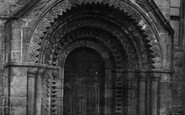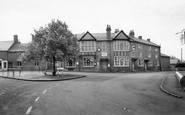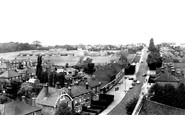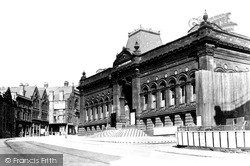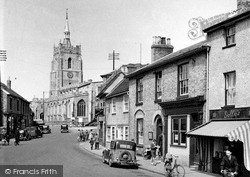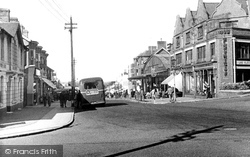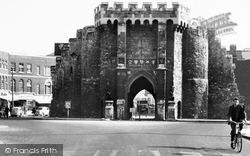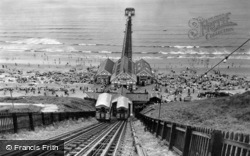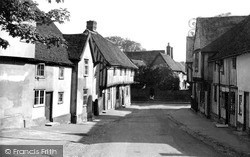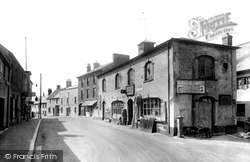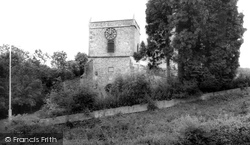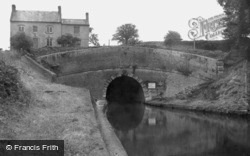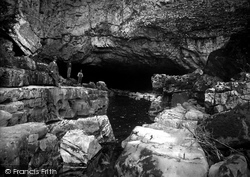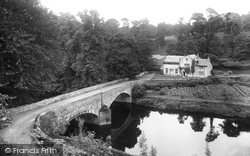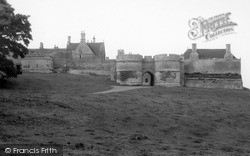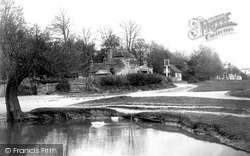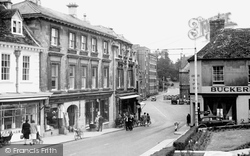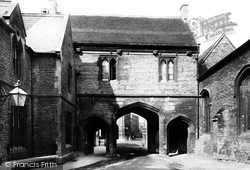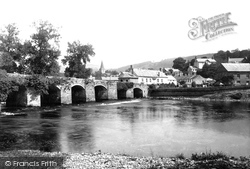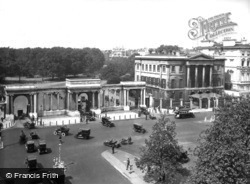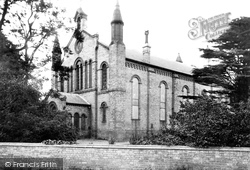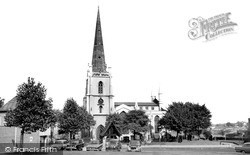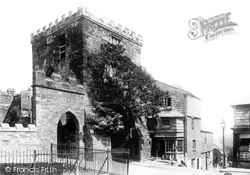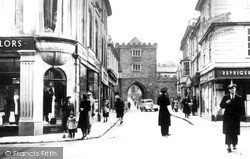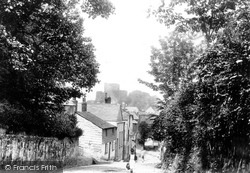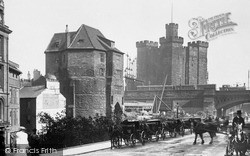Places
Sorry, no places were found that related to your search.
Photos
5 photos found. Showing results 421 to 5.
Maps
83 maps found.
Books
Sorry, no books were found that related to your search.
Memories
1,127 memories found. Showing results 211 to 220.
The Norfolk Family Living In Adel And Harewood
Just look at this truly MAGNIFICENT arch over the church doorway. My own interest in this parish is because my family name is Norfolk and so many of my family were farmers, millers and general agicultural ...Read more
A memory of Adel by
The New Family
My family moved to no 2 Erme Park in 1967 when I was 3. These were of course the new houses. I remember Mr Burrows (father of Cedric/Zedrick) asking me in about 1973 if I was from the new houses. I of course said no as we'd been ...Read more
A memory of Ermington in 1967 by
The Nag''s Head
One didn't have to travel to London in the past to watch pro bands plying their trade. The Nag's Head public house was a much attended venue during the late 1960s and early 1970s for watching many of the (what was then known as) ...Read more
A memory of Wollaston in 1969 by
The N.H.S. Early Years To Retirement
The Transport Department at Southmead Hospital when I joined them consisted of an officer, foreman, and four porter drivers, with two buses, three vans, and two cars. We were responsible for ...Read more
A memory of Bristol in 1960 by
The Milano
Yes, the Milano was a little bit of the Left Bank in Wolverhampton. But what about the 'Troc'? It was a much more dubious place. 'Cool, Clean Consulate' were the other cigarettes if you wanted to pose and couldn't afford Passing Clouds. Dainne
A memory of Wolverhampton in 1964 by
The Meadow, Chislehurst.
We lived in The Meadow, the road opposite Rush Pond, for 30years. Our house is not there anymore, it was demolished and a much bigger house on the site. We had a dear little cottage, St Anne's. I still belong to the ...Read more
A memory of Chislehurst by
The Lost Wildlife Of Welling
Who can remember the cheerful chirping of house sparrows appearing as if from nowhere and landing en masse on a tree or fence, only to fly off again in a moment's notice. Or the wonderful murmeration patterns from clouds ...Read more
A memory of Welling by
The Long Family Hindringham
Although not from Hindringham myself, I am the last of the Long family, who for many generations lived in Hindringham. My Grandfather Alex, Great Aunt May, and Great Uncle Ezra were just a few of my family, who, no ...Read more
A memory of Hindringham
The Lodge Cottage Marshbrook
My grandparents used to own the 'Lodge' in Marshbrook during the 70's and I spent many a happy summer holiday with them there. My grandparents, Jack and Ethel Perkins, moved there from Birmingham and spent a lot of ...Read more
A memory of Marshbrook by
The Lion And Lamb Inn
Amazing to see the photo of the Lion and Lamb, I worked there as a cocktail barmaid in 1962 or 1963, the manager was Harvey Storch. I have a lot of fond memories from my time there and to see it has hardly changed is ...Read more
A memory of Brentwood in 1962 by
Captions
1,233 captions found. Showing results 505 to 528.
This imposing Italianate building, with its lofty round-arched windows, was built by Cuthbert Brodrick in the late 1860s. It later became the Civic Theatre.
On the right, the Royal Oak, the shop with the arched door and window, and the building nearest the camera, here Dolly's sweet shop, all remain.
The arched- roofed building on the right-hand side is the site previously used by the Coventry Motor Works, but by the 1950s it was one of several sites used by Caffyns, the countrywide
Over the years it has been a toll-gate, prison, guildhall and museum.The original Norman arch dates back to about 1175, and the tower was added a century later.The upper floor used to be the guildhall
Using water ballast to operate it, it still works today, making the journey between town and beach a much easier one. The pier opened in 1869, and was originally 1500ft long.
On the left is a high-quality Tudor house, with arched windows for a shop at the far end. Opposite is the 15th-century Wool Hall, originally the Guild of Our Lady, with an open hall and cross-wings.
At the centre of the town is the old Market House with its shallow arched openings and weather-vaned bellcote.
The choir arch and several nave bays carry remnants of Medieval paintings. The tower of 1756 records churchwardens and masons.
This view is of the east portal to the tunnel - it looks like any other canal bridge apart from the rusticated arch into the blackness.
The three men just visible under the limestone arch give a Lilliputian perspective to the scene.
This strong two-arched stone bridge spans the River Ribble at Gisburn. Note the two farm carts with shafts designed for sturdy horses to the right of the yeoman farmer's dwelling.
Although relatively little of the medieval castle remains, the highlight is undoubtedly the late 13th-century gatehouse with the arched gateway flanked by massive drum towers.
Away to the right are the south lodges to Moor Park, a pair of small lodges linked by a Tuscan Doric arch. From this viewpoint these are now hidden by young oaks.
Although the parish register dates from 1538, the style, decoration and monumental devices within the church indicate a much earlier presence - at least in the 14th century, since there are brasses commemorating
Next to the arch is Tim Henly, gents' outfitters, and Phillips Bros, house furnishers at Nos 5 & 7.
The left- hand or south pedestrian arch was inserted in 1865, and the building on the left was part of the police station, built in 1865 and demolished in 1964 for the present (very 1960s) Abbey
It is a curious fact that the side shown in the picture has thirteen arches, whilst the other side has one fewer.
To the right of the arch is Apsley House, one of only two or three of Piccadilly’s great houses to survive. Known popularly as ‘Number One, London’, it was built by Robert Adam in the 1770s.
Its neo- Norman style - complete with round-headed arches and corbel tables - was very much of its time. The triangle beneath the bellcote symbolizes the Trinity itself.
The most unusual feature of St Matthew's is an arched passageway underneath the chancel.
The sycamore tree was cut down amid great hue and cry in 1953 because it was thought to be damaging the arch.
The earlier picture shows little traffic bar the donkey cart, but the advent of the car meant that by 1949 a traffic warden was needed to control traffic through the arch.
The Plymouth and Devonport Inn, whose sign can just be seen to the right of the arch, is now the Newmarket.
The house on the top of the gate is a much later addition. So are the corner turrets and battlements of the keep, which were added in 1812.
Places (0)
Photos (5)
Memories (1127)
Books (0)
Maps (83)

